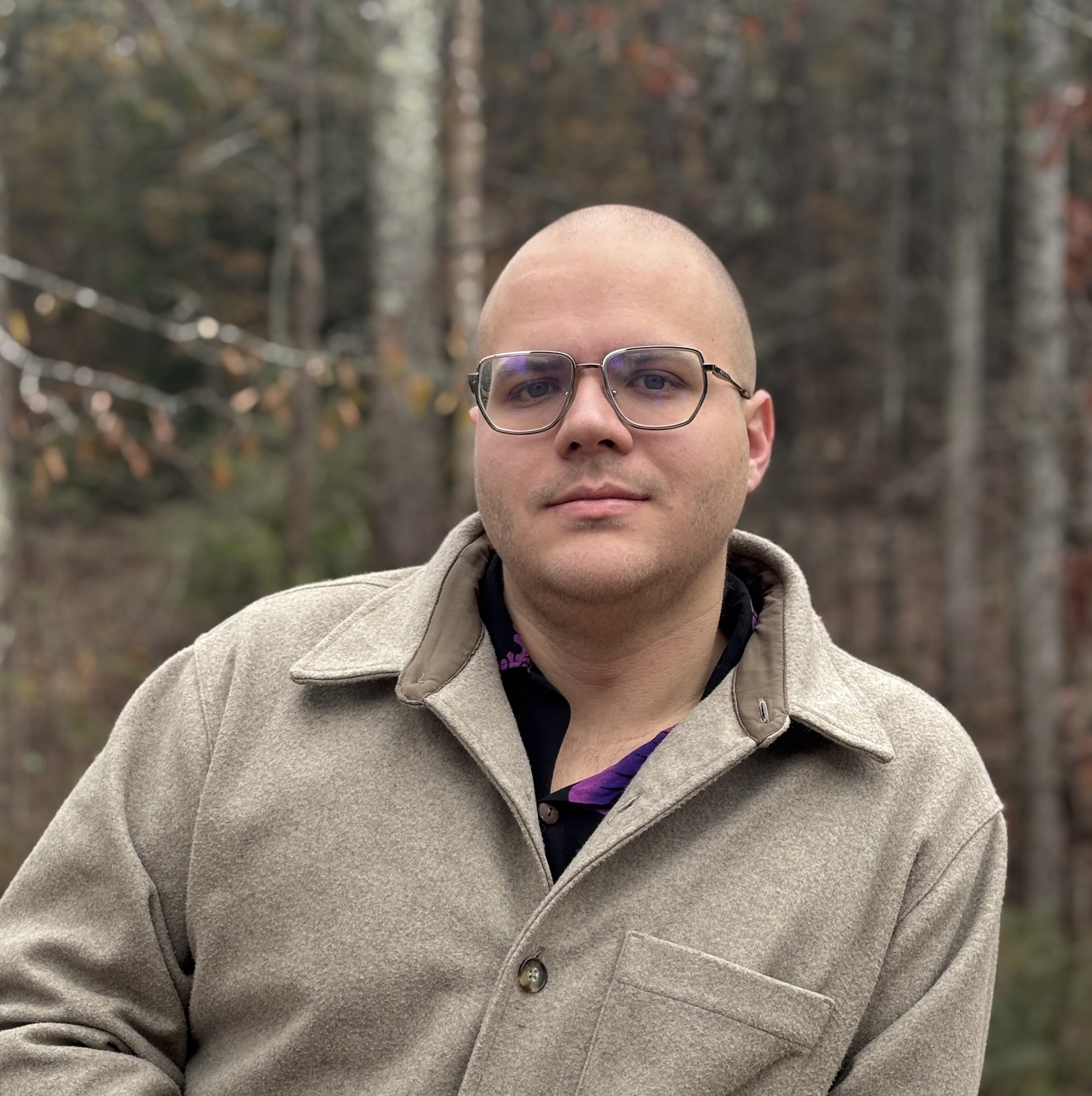When AI Gets It Wrong: Building a Culture of Shared Responsibility
AI is getting things wrong. Let's just say that upfront.
As artificial intelligence continues to shape our work, our lives, and even our decisions, one question keeps surfacing: who's responsible when AI makes a mistake?
This is not a trivial question. If an autonomous system harms someone or a recommendation algorithm causes social inequity, we must absolutely ask: Is it the fault of the developer? The adjacent human worker? The organization that deployed it?
But I think there's another question that deserves more of our attention: What do we do when AI gets it wrong? Not in a legal or theoretical sense—but practically. What's our next move when the machine makes a mistake?
As someone focused on the future of human-AI teamwork, I believe we need to reframe our mindset around AI error—not just in terms of blame, but in terms of response. And the key may lie in how we've traditionally handled error in teams.
Team Thinking for AI Error
When a teammate drops the ball, a high-functioning team doesn't spiral into finger-pointing. They get to work. They identify what went wrong, patch up what they can, and build systems so the error is less likely to happen again.
Why should AI be treated differently?
Of course, AI is not a human. It doesn't feel remorse, nor can it be coached in the same way. But in the context of work, we're increasingly treating AI as a collaborator or teammate—albeit one that lacks intuition and ethics. And so, we need to apply the same structures that support teamwork: oversight, communication, mutual awareness, and clearly defined roles in the face of error.
When we focus entirely on blame, we remove the collective responsibility that makes teams effective. We need a shift in mindset—from blame to shared accountability.
Why AI Gets More Flak Than Humans
Let's consider an interesting double standard.
If a junior analyst told me they could predict next quarter's sales with 60% accuracy based on historical trends, current market behavior, and a handful of assumptions, I'd probably be impressed. That's a complex task, and even seasoned professionals know how hard it is to forecast the future with precision.
But when an AI system delivers the same 60% accuracy, people often treat it like a failure.
This reaction stems from the unrealistic expectation that AI should be flawless. Because it's built on massive data and complex math, we assume it should be right—always. But that expectation ignores the nature of AI. These systems don't know—they predict, and all predictions come with uncertainty.
We should absolutely push for quality in our AI systems. But we also need to normalize the fact that even good AI will be wrong sometimes. What matters most is how we build our processes to catch and respond to those moments.
Design for Mistakes, Not Perfection
Just like we build safety nets and peer checks into human processes, we need to do the same for AI.
-
Oversight Structures
Just as teams have project managers and quality assurance staff, AI-infused processes need oversight roles. Humans should be positioned to spot-check AI output, especially when the stakes are high.
-
Error Response Protocols
Organizations need clear protocols for what happens when AI gets it wrong. This can include rollback procedures, human intervention mechanisms, and transparency systems to log decisions.
-
Interdependence
Rather than using AI as a bolt-on tool, we should bake it into workflows alongside humans. This allows for cross-checking—just as two colleagues might catch each other's mistakes.
-
Clarify Responsibility Without Fear
When AI is embedded in an organization, shared responsibility must be supported by leadership. That means people need to feel safe acknowledging when an AI system has gone awry—and confident that the focus will be on fixing, not finger-pointing.
Accepting Imperfection, Preparing for Impact
At some point, we must accept that AI won't be perfect. And that's okay. But just like with humans, what matters is how we handle imperfection.
Leaders should ask:
- What checks are in place?
- Who monitors outcomes?
- How do we update our AI systems and procedures based on mistakes?
- Do we treat AI errors as learning moments for the team?
Teams that function well don't just avoid mistakes—they recover from them quickly and learn from them deeply.
The same principle applies to AI.
Final Thoughts: Shared Responsibility Is Productive Responsibility
Yes, we should pursue accountability in AI. Legal frameworks and ethical guidelines are essential, especially in sectors like healthcare, finance, and criminal justice.
But inside organizations, among everyday teams, shared responsibility needs to be the cultural foundation.
Let's not get paralyzed by the fear of AI error or over-focused on who's to blame. Instead, let's get better at what we do next—at catching, responding to, and learning from AI errors like we would with any teammate.
Next Steps for Your Team
- Build "AI error drills" into team workflows, just like fire drills or incident response training.
- Assign AI oversight roles clearly and rotate them to improve team familiarity.
- Normalize conversations around AI error without stigma.
- Consider establishing cross-functional "AI response teams" to handle issues collaboratively.
And if you're unsure where to begin, reach out. We work with organizations to help design resilient, responsible, and human-centered AI processes.
Take the Next Step
Is your organization struggling with AI accountability? Contact us to discuss how we can help implement a framework of shared responsibility that enhances both AI performance and team collaboration.

